Plywood is made of three or more thin layers of wood that are glued together. Each layer of wood is usually placed with its grain at right angles to the previous layer to reduce shrinkage and increase the strength of the finished piece. Most of the laminates for construction use are pressed in large, flat sheets. Other multilayer products are produced in the form of simple or compound curves for use in furniture, boats and airplanes.
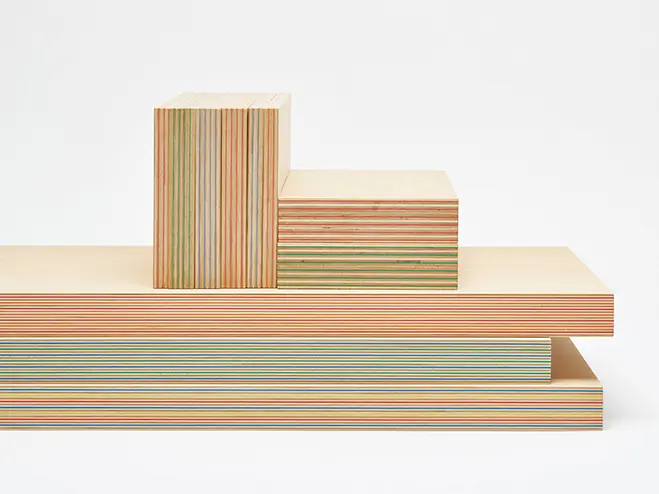
The use of thin layers of wood in the construction of objects dates back to around 1500 BC. When Egyptian craftsmen attached thin pieces of dark ebony wood to the exterior of the cedar coffin. This sarcophagus was found in the tomb of King Tut-Ankh-Amun. This technique was later used by the Greeks and Romans to produce furniture and other beautiful decorative objects. In the 1600s, the art of decorating furniture with thin pieces of wood was known as veneering, and the pieces themselves as veneers.
Until the late 1700s, the layers were cut entirely by hand. In 1797, Englishman Sir Samuel Bentham patented several machines for producing coatings. In his design, he described the concept of laminating multiple layers with glue to produce a thicker piece; The first description of what we call multilayer today.
Despite this advance, it took almost another hundred years for laminate flooring to find commercial use outside of the furniture industry. Around 1890, laminated wood was first used to make doors. As demand increased, several companies began producing laminated wood, not just for doors, but for use in driveways, railroads, buses, and airplanes.
Despite this increased use, the concept of using “glued-together sticks”, as some craftsmen derisively called the product, created a negative image for the product. To counter this image, plywood manufacturers came together and finally decided to name the new product “plywood”.
In 1928, the first standard 122 x 244 cm laminated sheets were introduced for general use in general building materials in the United States. In the following decades, better adhesives and new production methods made it possible to use multilayers for various applications. Today, plywood has replaced sawn timber for many construction purposes, and plywood production has become a multi-billion dollar industry worldwide.
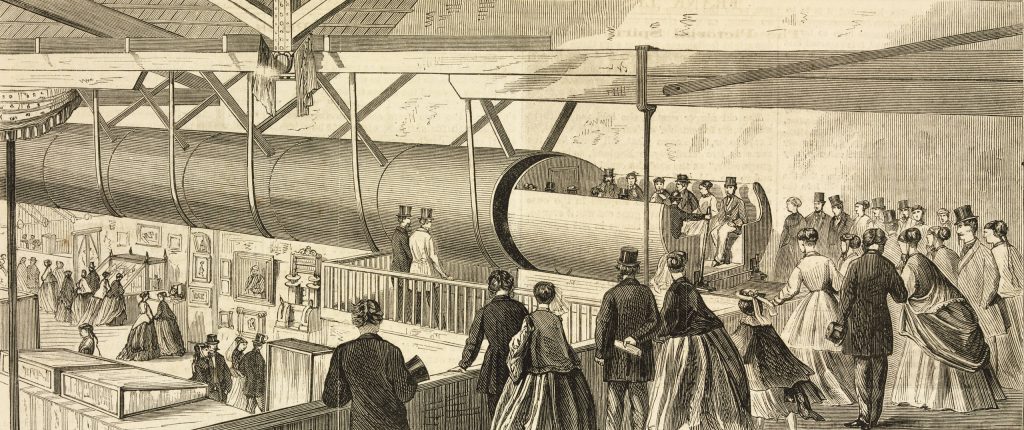
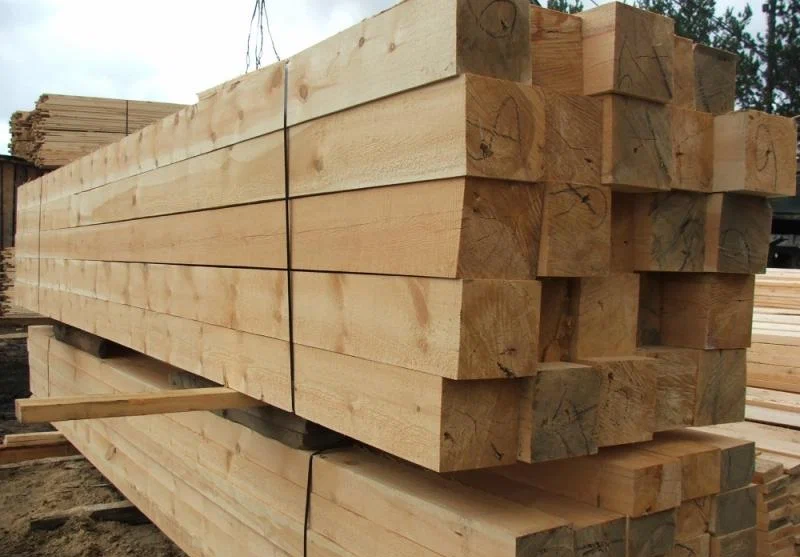
The outer layers of the multilayer are known as the front and back of the work, respectively. On the work is the surface that is used and exposed, while the back part is unused or hidden. The core is the central layer of the work. In plywood with five or more layers, the middle layers are known as transverse strips.
Plywood may be made of hardwood, softwood, or a combination of the two. Some common hardwoods include poplar, maple, mahogany, oak, and ash. The central layer of the laminate is composed of a piece of wood or pieces of hardwood that are butt-jointed. Its front and back are finished with a layer.
The type of glue used to bond the layers of wood together depends on the specific application of the laminate. Phenol-formaldehyde resin glue is usually used in softwood multilayer sheets that are installed in outdoor spaces, because it has good strength and resistance to moisture. For multi-layer soft wood sheets installed in interior spaces, more healthy adhesives are used. Although currently, most of the softwood sheets for the inside use the same phenol-formaldehyde resin used in the outside sheets. Hard plywood used for interior and furniture is usually made with urea formaldehyde resin.
Some projects require multilayer sheets with a thin layer of plastic, metal, or resin-impregnated fabric or paper. Because the resistance of the outer surface against moisture and wear increases and on the other hand it improves its color characteristics. Such plywood is called coated multilayer and is usually used in construction, transportation and agriculture industries.
Other laminated sheets may be coated with liquid paint to give the surfaces a finished look. Various chemicals may be used to increase the resistance of the multilayer against flame or against decay.
There are two categories of plywood, each with its own grading system. The first group is construction and industrial multilayer. This group is mainly used because of their strength and it is ranked based on the ability to display and the grade of layer used on the front and back of the work. Depending on the type of adhesive, it may be able to display internally or externally. Layer grades are N, A, B, C or D. Grade N has very few surface defects, while Grade D has numerous knots and cracks. For example, plywood for home flooring is rated “C-D Indoor.” Which means it has a C plate with a D back and the adhesive is suitable for use in protected areas. The inner layers of all construction and industrial laminates are made of grade C or D grade, regardless of grade.
The second group of plywood is hardwood and decorative. The multilayer of this group is mainly used for the appearance and the grading in terms of moisture resistance in decreasing order is: technical (external), type 1 (external), type 2 (internal) and type 3 (internal).
In this group, the outer layers are practically free of defects.
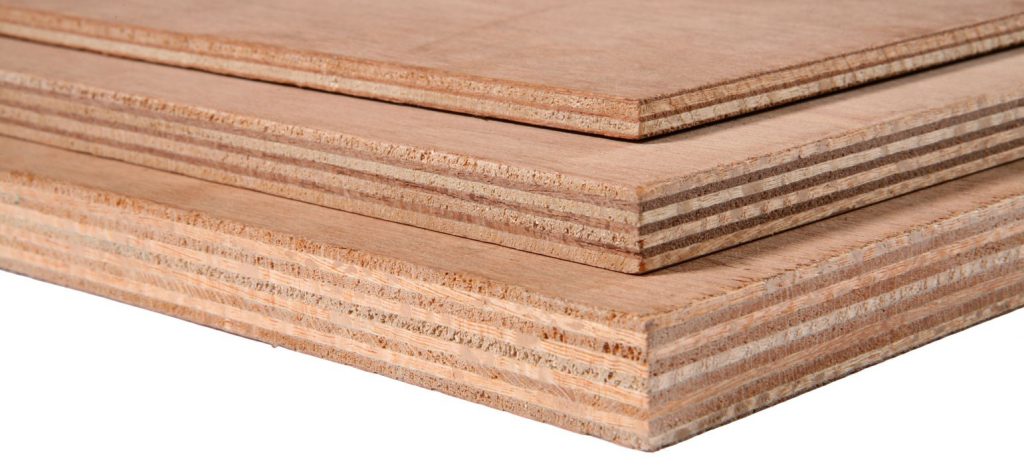

The thickness of the multilayer varies from 1.6 to 76 mm. The maximum thickness of the market is between 6 and 19 mm. Although the central layer and the upper and back layers of the multilayer sheet may be made of layers of different thicknesses, the thickness of each should be balanced around the center. For example, the front and back should have the same thickness. In the same way, the upper and lower transverse strips should be equal.
For building use, it is 1.2 meters wide by 2.4 meters long. Other common widths are 0.9 meters and 1.5 meters. The length varies from 2.4 meters to 3.6 meters with 0.3 meter increments. Of course, special applications such as boat building require larger plates.
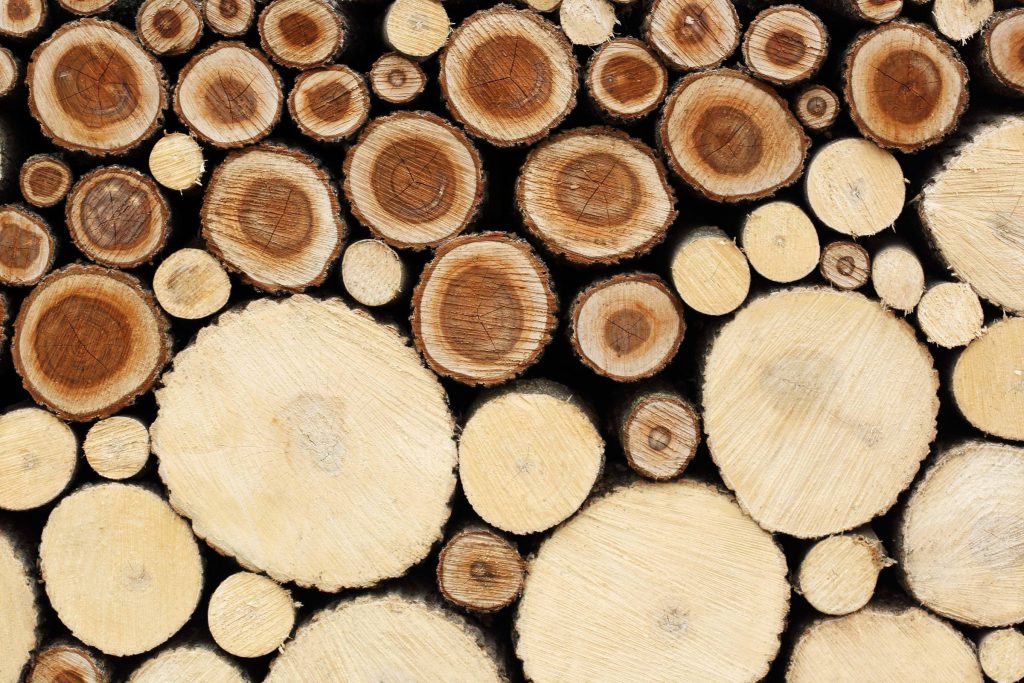

A tree that is used to make plywood usually has a smaller diameter than a tree that is used to make lumber and boards. In most cases, they are planted in their own multilayer production areas. These areas are carefully managed to maximize tree growth and minimize damage from insects or fire. Below you will read the process of converting wood into standard 2.1 x 2.4 meter plywood sheets:
1- Trees ready to be cut are marked. Cutting is done with a chain saw with a gasoline engine or with a large hydraulic scissor mounted in front of the wheels of the flare machine. Branches are cut from fallen trees with a chain saw.
2- Logs and trunks of cut trees are dragged to the loading area by a machine called skidder. Logs are cut lengthwise and loaded into trucks for transport to the multilayer production plant. There, the logs are stored next to a pile of wood on the table.
3- First, the log is removed with a loader and placed on the conveyor. The conveyor leads them to the peeling machine. While the log slowly rotates around its long axis, the skin is removed by cutting with a high-pressure water jet.
4- Logs without bark are transferred to the cutting with a conveyor. There, the big circular saw cuts the logs into pieces with a length of 2.5 to 6.2 meters, suitable for 4.2 meter long boards. This part is called the peeler.
5- Before cutting the layer with the peeler, the wood should be warmed and wet until the wood becomes soft. Blocks may be steamed or immersed in hot water. This process takes between 12 and 40 hours depending on the type of wood, block diameter and other factors.
6- The heated peeling blocks are then transferred to the lathe, where they are automatically leveled and inserted into the lathe each time. As the lathe rotates the block rapidly around its longitudinal axis, a long, continuous knife blade removes sheets of veneer from the surface of the rotating block at speeds of 240-90 meters per minute. When the diameter of the block is reduced to about 230-305 mm, the remaining pieces of wood, known as the peeling center layer, are removed from the lathe and a new peeling block is inserted in its place.
7- The long ply sheet that comes out of the peeling lathe is processed immediately, or it may be stored in long, multi-level trays or wrapped in rolls. In any case, the next process involves cutting the ply to usable widths, usually around 1.4 m to make 1.2 m wide multi-ply sheets. At the same time, optical scanners look for parts with unacceptable defects. These parts are removed and the layer parts with less than standard width are also removed from the production cycle.
8- Then the layer parts are classified and stacked on top of each other based on the degree of classification. This step is done manually or automatically using optical scanners.
9- Sorted sections are put into the dryer to reduce their humidity and shrink a little before gluing together. Most multilayer factories use mechanical dryers where the parts are constantly moving in a heated chamber. In some dryers, jets of hot air are blown at high speed on the surface of the parts to speed up the drying process.
10- As the layer parts come out of the dryer, they are stacked according to the degree. Low-width layers are connected to each other with tape or glue to create parts suitable for use in inner layers where appearance and strength are less important.
11- That part of the layer that is installed crosswise – the central layer in multi-layer sheets, or the transverse strips in five-layer sheets – is cut to a length of about 1.3 meters.
12- When the appropriate parts of the layer are assembled for a particular multilayer, the process of arranging and gluing the parts together begins. This may be done manually or semi-automatically by machine. In the simplest form of three-layer sheets, the back layer is laid flat and is connected through an adhesive spreader that applies an adhesive layer to the upper surface. Then, the short sections of the central layer are placed crosswise on the glued back and the entire sheet is coated with glue for the second time through the glue spreader.
13- The pasted sheets are placed in a heat press with several openings. At the same time, 20 to 40 sheets enter the press. Each sheet is loaded in a separate slot. When all the sheets are loaded, the press presses them together with a pressure of 7.6 to 13.8 times. At the same time, in the press machine, heat is applied between 110 and 158 degrees Celsius. The pressure ensures full contact between the layers and the heat hardens the glue for maximum strength. After 2-7 minutes, the press is opened and the sheets are discharged.
14- Then the sheets pass through a set of saws. Saws cut them to their final width and length. The higher grade sheets pass through a set of belt sanders with a width of 1.2 meters to sand the back and top of the sheet. To clean the medium-grade sheets, uneven areas are sanded manually. Some sheets are passed through a series of circular saw blades that create shallow grooves on the sheet. As a result, the multilayer will have a textured appearance. After the final inspection, any remaining defects are repaired.
15- Finished sheets are stamped with a trademark. This stamp gives information to the buyer about the rating of the appearance of the work, grading and other characteristics. Sheets of the same mark are packed together and transferred to the warehouse and waiting to be sent.
Just like timber, there is no such thing as perfect plywood. All multilayers have flaws. The number and location of these defects determines the degree of multilayer. Standards for construction, industrial plywood, hardwood, ornamental plywood, and hardwood plywood are defined by the National Bureau of Standards and the American Plywood Association. These standards not only define multilayer grading systems, but also specify construction, performance, and application criteria.
Although plywood makes relatively efficient use of trees—essentially taking them apart and putting them together in a stronger, more functional configuration—there is still considerable waste in the manufacturing process.
In most cases, only about 50 to 75 percent of the wood of the trees becomes plywood. To improve this figure, several new products are under development. One of these new products is called OSB, which is made by chopping the entire log into thin strands instead of peeling off a layer of the log and discarding the central layer. The strands are mixed with glue and pressed into layers with parallel veins. Then these compressed layers are placed at right angles to each other like a multilayer and connected to each other. OSB is as strong as plywood and costs a little less.